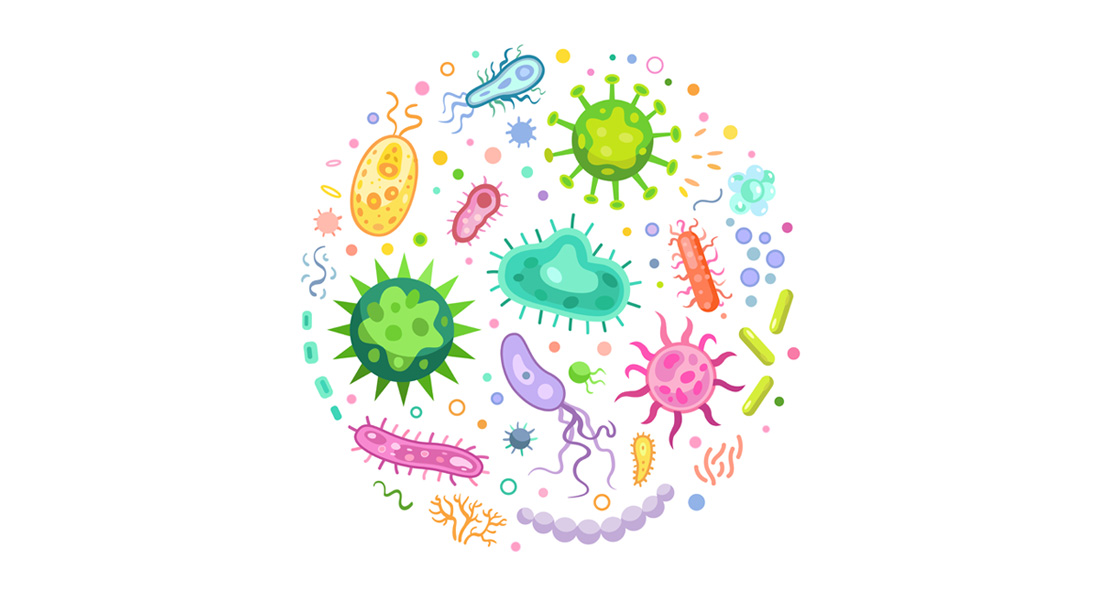Introduction Of Microbiology
Microbiology is the scientific study of microorganisms, which are microscopic organisms visible only under a microscope. These include:
Algae
Archaea
Bacteria
Cyanobacteria (Blue-Green Algae)
Fungi
Protozoa
Viruses
Microorganisms play various roles, with 99% of them being harmless or beneficial, such as cyanobacteria. However, approximately 1% of microorganisms are harmful and can cause diseases, termed pathogens.
Historical Eras in Microbiology
Microbiology has evolved over centuries through various discoveries and theories. These are classified into three main eras:
1. Discovery Era
Spontaneous Generation Theory: Aristotle (384-322 BC) and other ancient philosophers believed that living organisms could emerge from non-living materials.
Rogen Bacon (13th Century): He proposed that diseases could be caused by minute particles known as "germs."
Key Figure:
Antony Van Leeuwenhoek (1632-1723)
Known as the Father of Bacteriology and Protozoology.
In 1676, he used a simple microscope to observe and describe microorganisms, which he referred to as "animalcules".
First to observe bacteria, protozoa, algae, and yeast cells.
Term Microbe: Coined by Sedillot in 1878.
2. Transition Era
This era involved experiments that challenged the theory of spontaneous generation.
-
Francesco Redi (1626-1697):
Demonstrated that maggots do not arise from decaying meat if the container is sealed. -
John Needham (1713-1781):
Supported spontaneous generation, observing microbial growth in boiled mutton gravy. -
Lazzaro Spallanzani (1729-1799):
Disproved spontaneous generation by showing that microbes did not grow in sealed, boiled broth.
3. Golden Era of Microbiology
Significant contributions were made in the late 19th and early 20th centuries, leading to the establishment of microbiology as a distinct field.
-
Louis Pasteur (1822-1895)
Father of Medical Microbiology.
Disproved spontaneous generation using swan-neck flasks.
Developed the process of Pasteurization (heating at 62.8°C for 30 minutes to kill harmful organisms).
Developed vaccines for rabies and anthrax.
Introduced the terms aerobic and anaerobic. -
John Tyndall (1820-1893)
Discovered endospores and developed Tyndallization (intermittent boiling to kill spores). -
Joseph Lister (1827-1912)
Known as the Father of Antiseptic Surgery.
Developed antiseptic techniques using carbolic acid to prevent wound infections. -
Robert Koch (1843-1910)
Proved the germ theory of disease.
Developed methods to isolate bacteria in pure culture using solid media.
Introduced Koch's Postulates to identify disease-causing organisms. -
Fannie Hesse (1850-1934)
Suggested the use of agar instead of gelatin for bacterial culture media. -
Richard Petri (1887)
Invented the Petri dish for culturing microorganisms. -
Edward Jenner (1749-1823)
Developed the first vaccine for smallpox. -
Alexander Fleming (1881-1955)
Discovered Penicillin from Penicillium notatum, the first antibiotic. -
Paul Ehrlich (1854-1915)
Discovered the treatment for syphilis using arsenic compounds.
Significant Discoveries of Bacteria and Viruses
- Hansen (1874): Identified the Leprosy bacillus.
- Neisser (1879): Discovered Gonococcus causing gonorrhea.
- Ogston (1881): Identified Staphylococcus.
- Loeffler (1884): Discovered Diphtheria bacillus.
- Roux and Yersin: Identified Diphtheria toxin.
- Beijerinck (1898): Coined the term Virus for infectious agents.
- Pasteur: Developed the Rabies vaccine.
- Twort and d’Herelle: Discovered Bacteriophages.
Modern Era and Nobel Laureates in Microbiology
- 1901 - Von Behring: Diphtheria antitoxin.
- 1902 - Ronald Ross: Discovery of malaria transmission.
- 1905 - Robert Koch: Discovery of tuberculosis bacteria.
- 1908 - Metchnikoff: Phagocytosis discovery.
- 1945 - Alexander Fleming: Discovery of Penicillin.
- 1962 - Watson and Crick: Structure of DNA.
- 1968 - Holley and Khorana: Genetic code discovery.
- 1997 - Prusiner: Discovery of Prions.
- 2002 - Brenner and Horvitz: Genetic regulation of cell death.
MCQs
A. Paul Ehrlich
B. Joseph Lister
C. Louis Pasteur
D. Kitasato
Answer is C: Louis Pasteur
A. Robert Koch
B. Louis Pasteur
C. John Needham
D. Joseph Lister
Answer Is B: Louis Pasteur
A. Louis Pasteur
B. Robert Koch
C. Joseph Lister
D. Edward Jenner
Answer Is A: Louis Pasteur
A. Robert Koch
B. Louis Pasteur
C. Joseph Lister
D. Paul Ehrlich
Answer Is A: Robert Koch
A. Louis Pasteur
B. Robert Koch
C. Loeffler
D. Yersin
Answer Is B: Robert Koch
A. Robert Koch
B. Louis Pasteur
C. Paul Ehrlich
D. Joseph Lister
Answer Is C: Paul Ehrlich
A. Paul Ehrlich
B. Edward Jenner
C. Robert Koch
D. Joseph Lister
Answer Is A: Paul Ehrlich
A. Edward Jenner
B. Joseph Lister
C. Robert Koch
D. Louis Pasteur
Answer Is A: Edward Jenner
A. Japanese encephalitis
B. Yellow fever
C. Dengue
D. Small pox
Answer Is B: Yellow fever



Free Videos